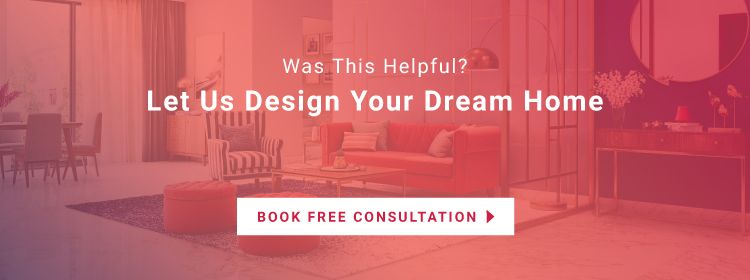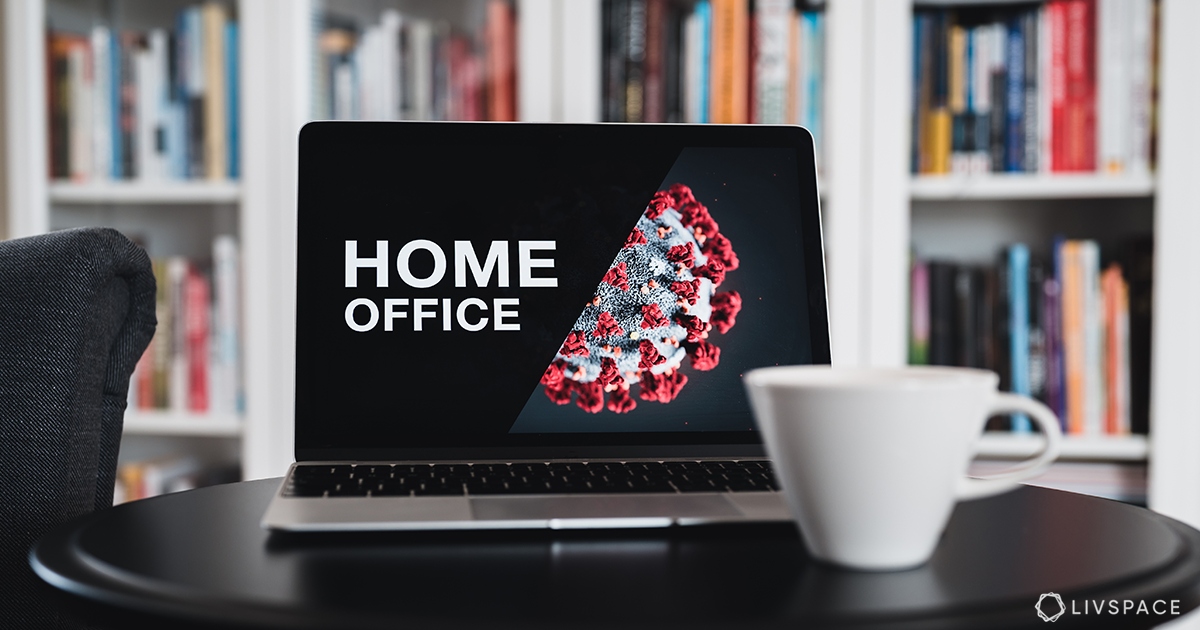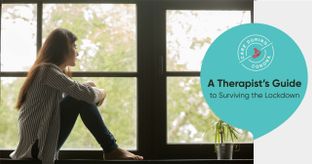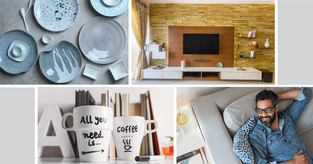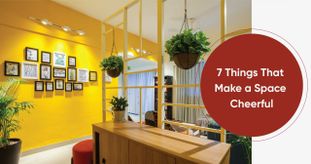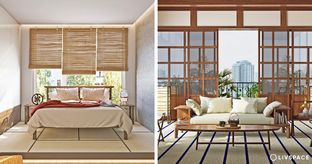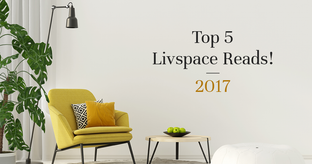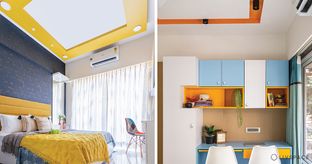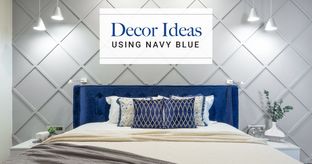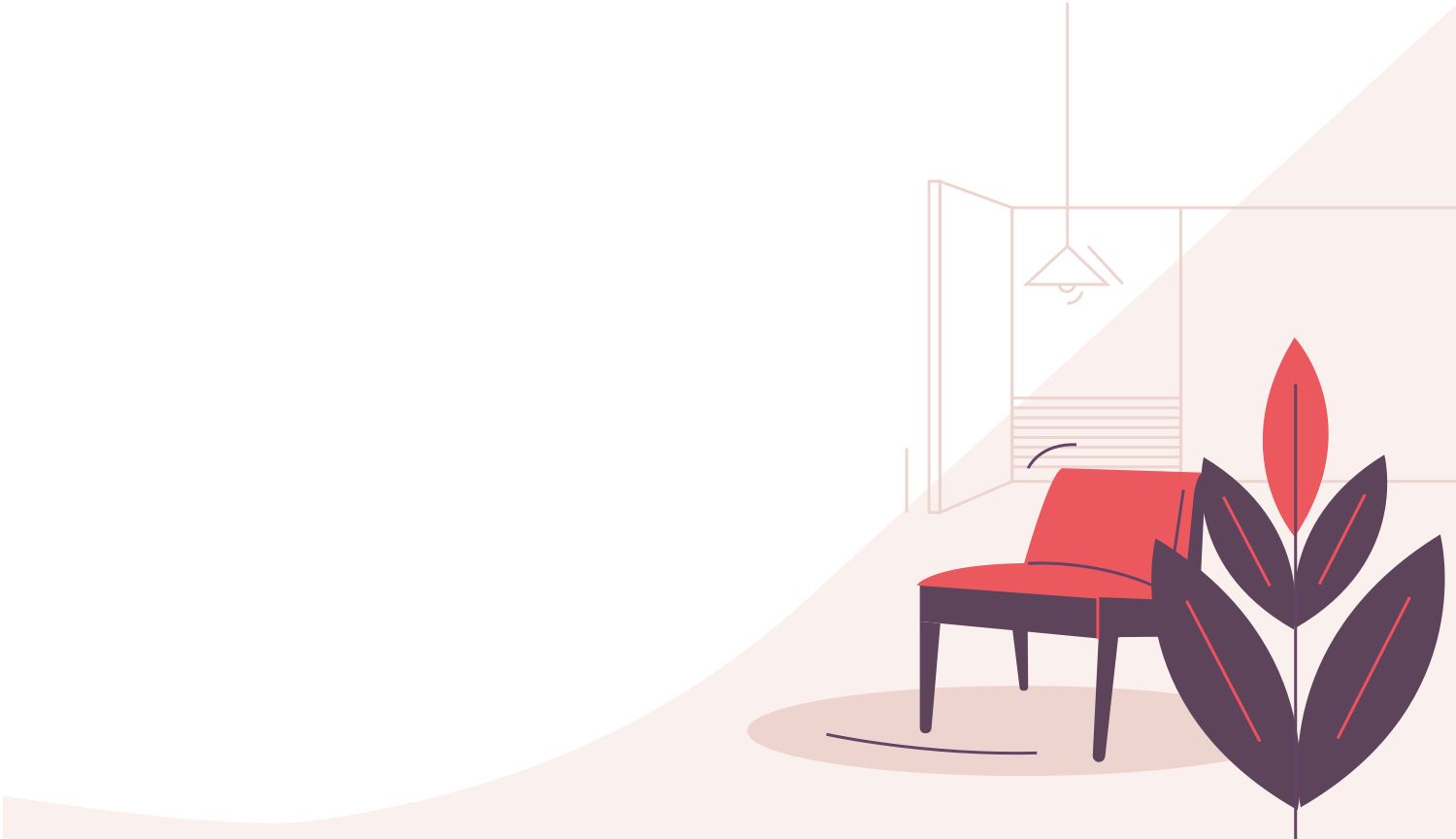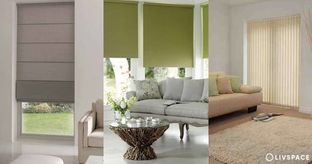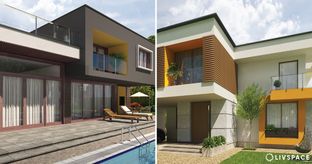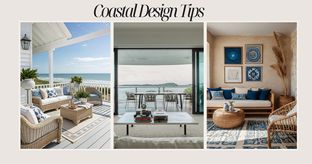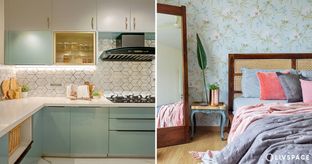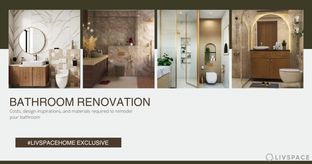Welcome to the “new normal”
Originally written: May, 2020
Just weeks ago, we were out and about, tending to our routines, struggling with the daily commute and doing whatever it took to earn our place in society. And suddenly, we find ourselves hostage to – lo and behold – a virus! Life as we knew it got disrupted, and now everything revolves around our domestic spaces. So it becomes imperative to discuss what this means for the future home!
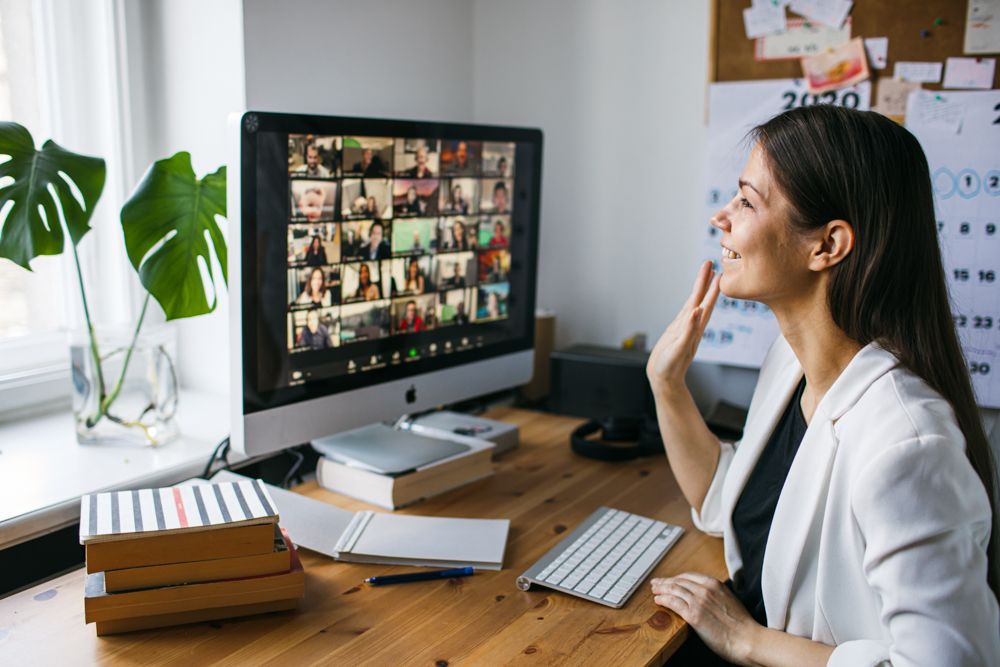
As is convention during a crisis, we find ourselves rethinking our purpose, vulnerability, social interactions and most importantly, how we choose to live. One of the things people have been discussing over Zoom and family calls is how their homes were designed without planning for any sort of crisis.
With elders, children and parents all tethered to the same space day after day, some things have become rather apparent. Thinking and planning of domestic spaces must undergo an overhaul to accommodate our evolving reality.
Our homes were not built to handle our current needs. Some of us don’t have the luxury of a study room or a work space, while others don’t have a recreational space for the family. In the absence of free movement, everyone is missing the sight of greenery. And to top it off, the lack of a multifunctional space that can be used by children and adults alike has never been more prominent. If how we live and interact needs to change, that should include how we’ve built and designed our homes. Maybe this can inform your future home design as well.
“What I’m really missing is an Instagram-mable corner. Our virtual interactions have increased and I wish I had a beautiful corner for my hobbies that looked good in pictures. It’s also become imperative to find some space to exercise with your partner.”
– PAYAL BAGZAI, AGM, LIVSPACE, & DESIGN THINKER
The changing definition of homes
The pandemic has now forced us to change how we view spaces. The definition of home has now evolved to include so much more – from a play school to an office, a gym to a Masterchef kitchen. Our living spaces, you’d agree, are now the epitome of a multifunctional space.
Transformational spaces to use one room in different ways
A workspace by morning and bedroom by night, a playroom for children and some space for you to do yoga or meditation – we didn’t in our wildest dreams think we’d have to find space for it all. Home was where you came back to from doing all those things! Now you’ll have to find furniture that has more than one use and makes the most of the available space.
Invest in multifunctional furniture
We think the need of the hour is for design to step up. Not to be ostentatious, but to become more practical. From stow-away beds to sofa-cum-beds, internal organisers for wardrobes and kitchen cabinets, expanded kitchen storage, well-ventilated storage areas and more. Here are Design Tips to Create Multifunctional Spaces.
The need for a home office
Speaking to designers at Livspace, I found one idea resonated more than others. People are, now more than ever, wanting a home office. Clients of Livspace who originally wanted a guest room, are now requesting a home office be designed instead. Let’s face it, it doesn’t look like we’re going to be hosting or entertaining anytime soon. And if space is a constraint, people are requesting a quiet corner they can use to work. A quiet setup surrounded by things that we love, handy charging points, some storage and a good chair is literally what we’re all missing.

More storage, please!
If you look at life pre-Covid-19, we were used to buying as per need, stocking up weekly or at the most, monthly. That’s changed post-Covid – we’re buying in bulk for months fueled by uncertainty in the minds of homemakers everywhere. But whose kitchen has the space for that kind of buying?
Bagzai thinks the concept of a “granary should make a comeback as in the (g)olden days.” Architects will now be required to add a separate storage space to homes. As far as kitchens go (which we’re specialists in), you’re going to need:
- Tall units to store groceries
- Well-ventilated wicker baskets for fruits and vegetables
- Better organised spaces within cabinets
- As an added measure, we need to get better at preserving food

While you’re still in lockdown mode, our in-house experts have been coming up with ways to pack in more storage into designs and make modular furniture more versatile. You’ll find these Expert Tips to Increase Kitchen Storage helpful for your future home.
We need a foyer!
Earlier, homes had a verandah or porch or mud room where people would wash their feet or leave their footwear at before stepping into the home. While that’s long gone, we now desperately need a substitute. For those of us living in apartments, the foyer has become that crucial space, bridging the gap between the outdoors and the indoors, acting as a space to sanitise. Here are some tips on How to Make a Foyer When There Isn’t One. Make sure you don’t have carpets or other things that are difficult to clean daily!
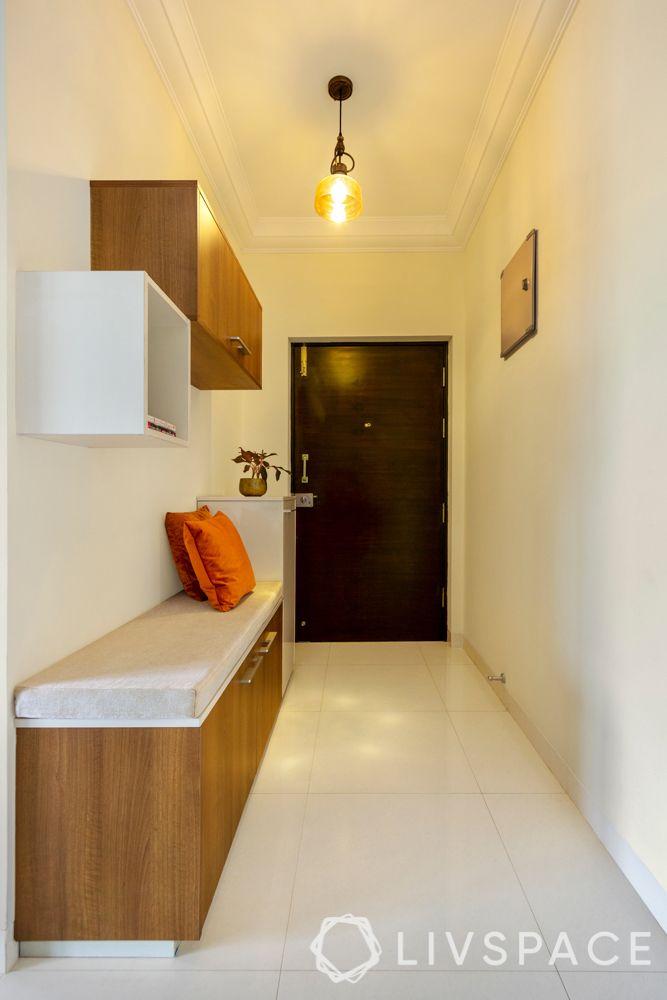
A touch of green couldn’t hurt
Bagzai also highlights another important point – a nicely done outdoor space or the need to bring the outdoors in. Be it a garden or balcony or window sill, people all around us are trying to find ways to bring in the greenery they are starting to miss. Many of us have used this time to set up our own little green corners.
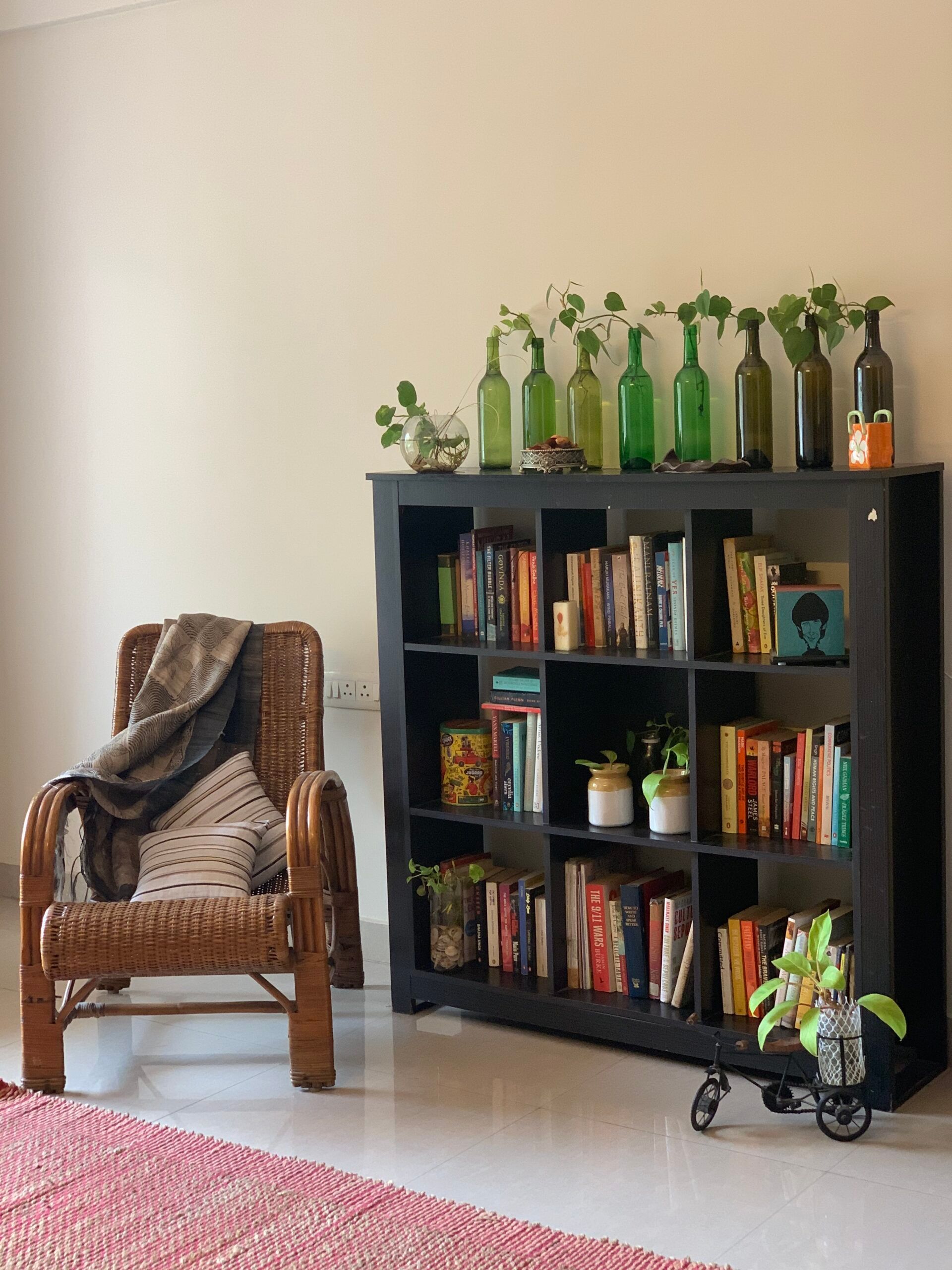
A kitchen garden, perhaps?
Since it’s not possible to run out for fresh greens whenever you want, start growing your own. If proof is what you need, there’s been a spike in searches for the terms ‘DIY’, ‘home garden’ and ‘balcony makeover’ on Google in the last few weeks. Clearly, people everywhere are moving towards healthier food options. So make space for that in your future home.
“If not now, then when do we realise we can grow and use our own herbs from our own little kitchen garden? Some chilly, coriander, mint and other microgreens can easily be grown and brought indoors!”
– Payal Bagzai
Need some help getting started? Read:
How to Start a Kitchen Garden in India
5 Veggies That Grow Easily in Your Balcony Garden
How to Grow Your Own Vegetables at Home
Herbs That Grow Easily at Home

Easily cleanable surfaces FTW!
Considering how much we’re sanitising our homes now, it’s essential to ensure our homes have less clutter and more easily cleanable surfaces.
You will find that maintenance-free surfaces are usually made of stone, glass and laminate. From stone countertops and laminate covered cabinets, to using composite materials around the home is the solution. Wood starts to absorb things over time and so does paint, so try to use finishes that suit this need.
Antimicrobial flooring options
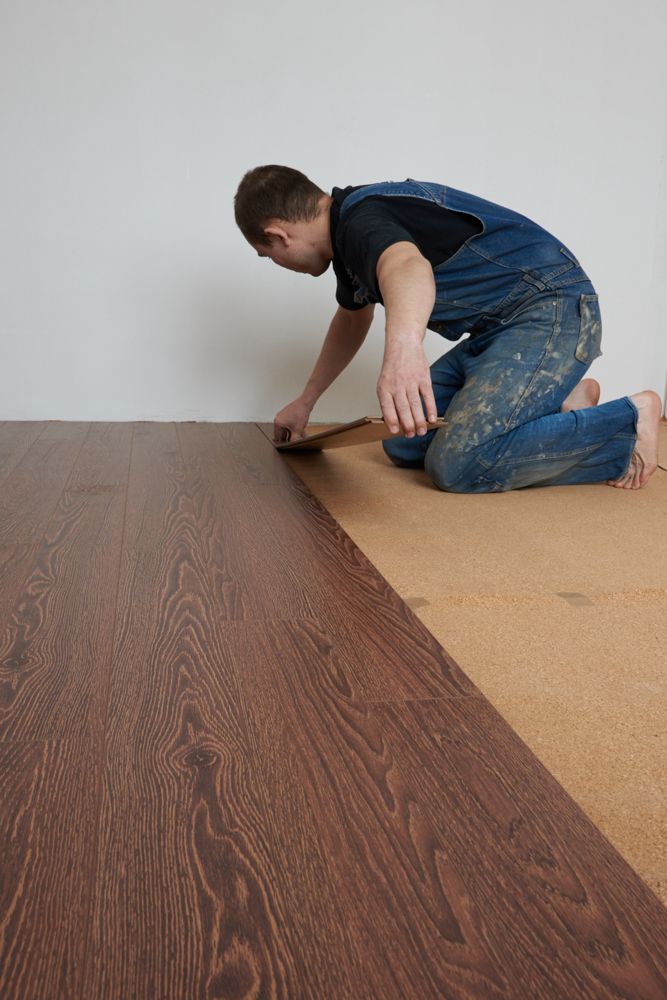
Vinyl flooring is easy to lay 
Cork flooring can be a health nut’s best friend
- Vinyl is clearly a winner here. It’s easier to clean, cheaper and easily replaceable. In several other countries, they have begun using luxury vinyl over laminate flooring, which is waterproof and doesn’t break down easily.
Check out some easy-to-maintain, affordable flooring options
- You should explored the new entrant, cork flooring, which has been proven to be antimicrobial and water-resistant. It’s also dust and allergy-resistant, making it perfect for the future home.
- Are you still partial to tiles? Then there are antimicrobial/antibacterial ceramics that are offered by many manufacturers in India for floors and walls.
We recommend these options for those who have children and aged parents at home. Cork is easy on the knees and back while other antibacterial surfaces will keep your toddlers relatively infection-free.
Antimicrobial & allergen-free fabrics
Now would be a good time to reconsider the fabrics you’re using around your home. Easily cleanable and antimicrobial fabrics for curtains, couches, beds, cushions and more are available in the market. These are known to be static and allergen-free, so that’s worth considering.
Smart and simple choices for an allergy-free home. If you’re confused about sofa upholstery choices, check out fabric vs leather.
Rediscover copper and brass fittings
Yes, while doctors and scientists alike are rushing to find a cure/vaccine, there are some things within our control. Did you know that copper and brass have antimicrobial properties? If coronavirus spreads from contaminated surfaces as well, we should look at using metals like copper and brass for our frequently used fittings in our future home. From toilet handles to light door knobs, faucets and drawer handles, there are many benefits of these metals we should delve deeper into.
Using smart technology for touch-less features
Touch-less, voice-controlled technology, with sensors, timers and the works are relevant now more than ever! Use it wherever you can avoid touch – from your curtains and air conditioning, to lights (with sensor lights) and the front door (with facial recognition locks). Your air conditioning, too, can come with special filters to keep your indoors germ-free. Read the basics of smart home gadgets.
Does this imply functionality over aesthetics?
Bagzai responds with an emphatic “No!” “While form always follows function, you don’t need to compromise. A good designer will find a way to make something useful and pretty!”
Less is more! (and cheaper?)

A concept by Greg McKeown could help with how we choose to move forward – Essentialism. At its core, this highlights the need to study what we buy, invest in, and choose to surround ourselves with. The time’s come to lay emphasis on the role of a designer – to try and understand what you ‘need’, and not dump decor on people.
The lesser you need, the lesser you buy and touch. It’s that simple!
Design must evolve!
Adding to this, Bagzai asks, “Why are we designing for eternity? Durability is an understandable prerequisite for homeowners, but it’s possible to have cheaper solutions that can help us evolve with time. There is very little certainty in the world we are moving into.”
Why reinvent the wheel?
When life has become so commercialised, we’re making every sq ft count, and that needs to change. As my mother would say, “We’ve grown too fast. Go back to the basics where wants and problems were fewer.” Let’s begin to look at the past for some good practices.
We need to start building homes that improve ventilation – clean air and sunlight are our friends. Architects need to start designing as per need and not just luxury. Ask your grandparents, they will tell you that they even planted trees and plants to keep away insects and fight germs. Agreed, times are different, but we can adapt some of those practices for good health in our future home.
Emotional architecture to lead the charge
Some architects around the world have already taken note. You’ll find the concept of emotional architecture very interesting in this regard, and I quote, it speaks of how “surroundings can deeply influence the way you interact with the space and people around you.” CEO of Mass Design Group, Michael Murphy is helming this ideology where you look beyond the blueprint of designs by taking into consideration factors from airflow to light. It is a holistic approach that “produces community and (beautiful) buildings”.
We keep referring to this time as the “new normal”. But as things stand, one thing is clear, the way we were living was NOT normal, or healthy for that matter! Simple lifestyle changes, modifications to the future home and building designs can help us heal and stay infection-free as a community. When the metaphorical fog clears, you’ll find the post-pandemic world different, interesting and perhaps, more humanised.
